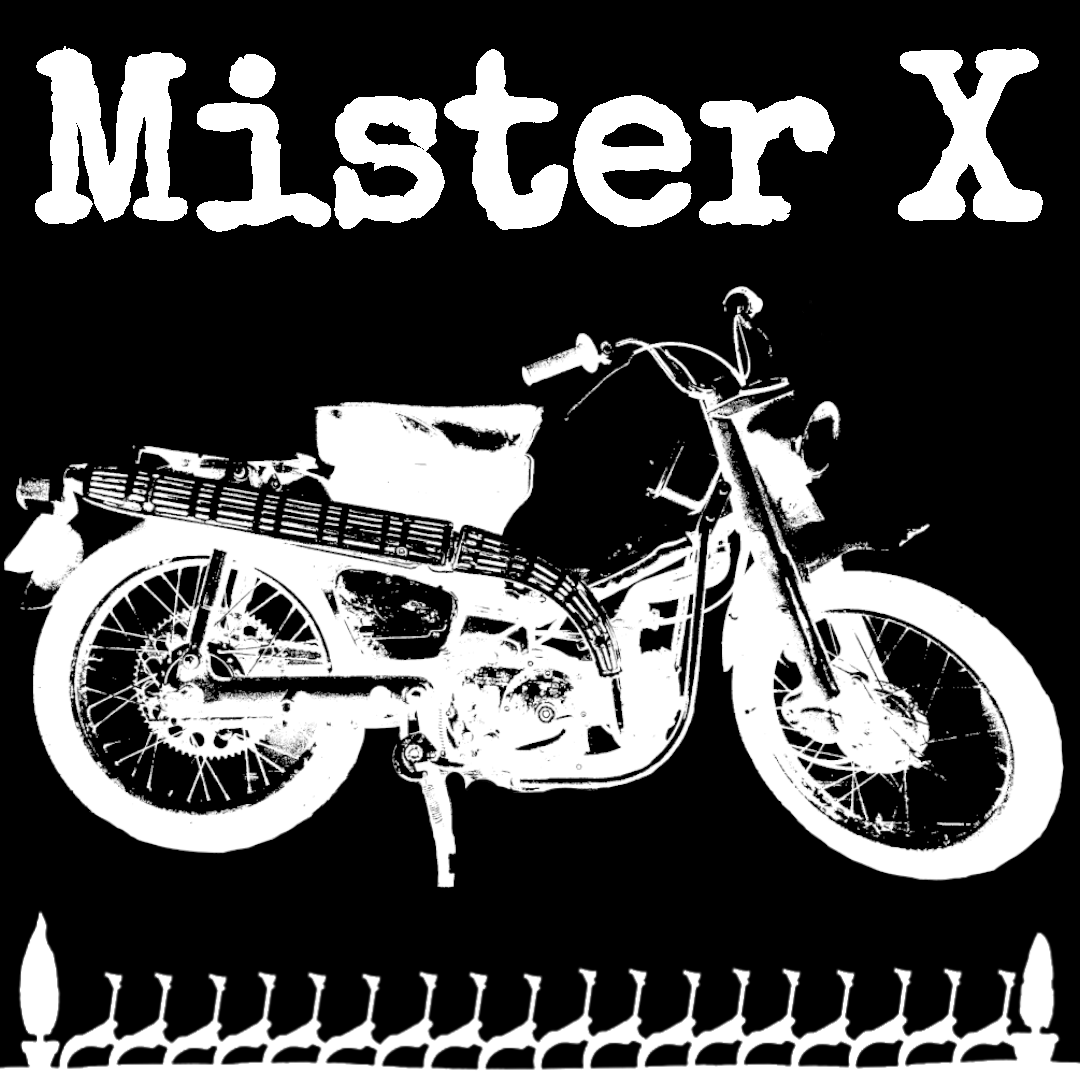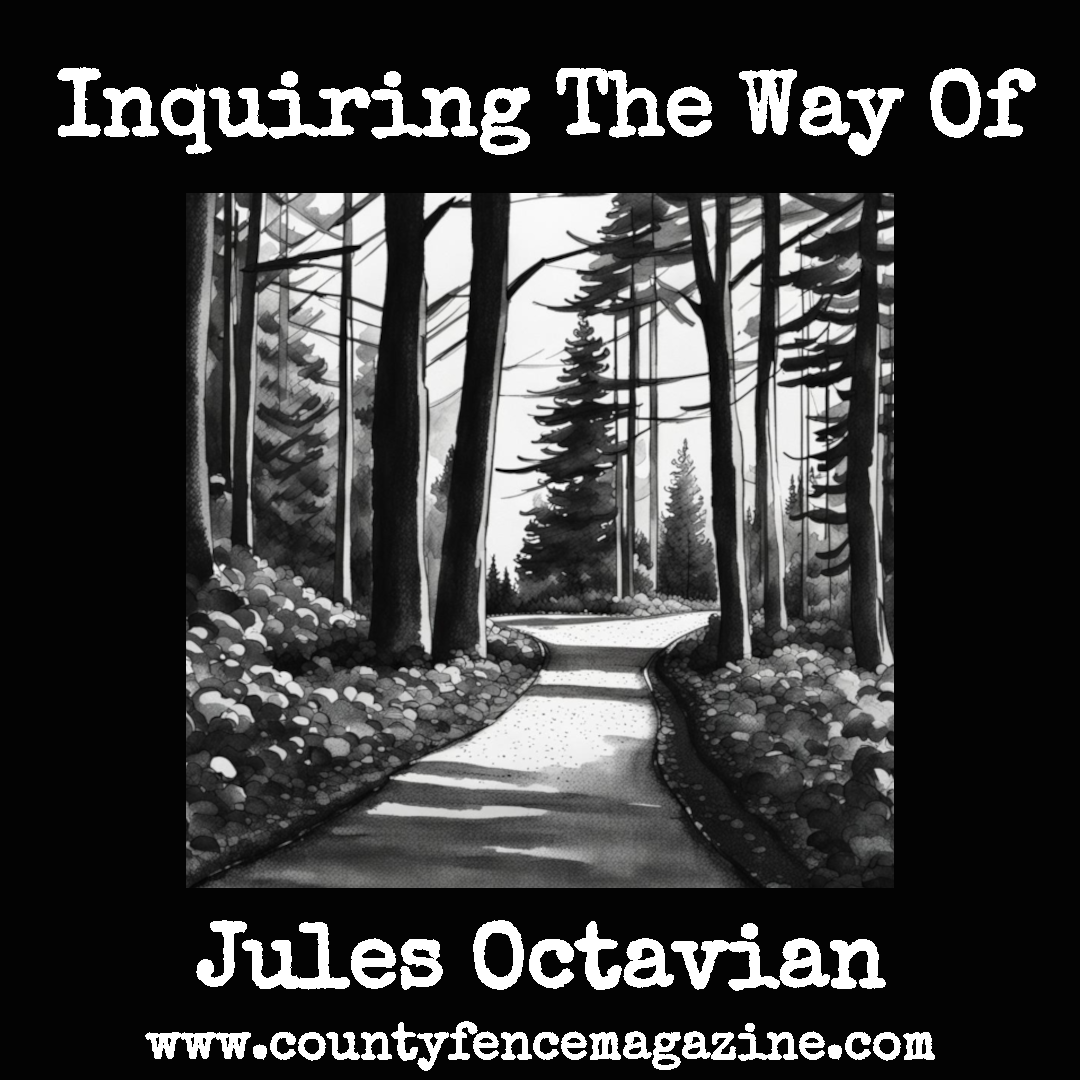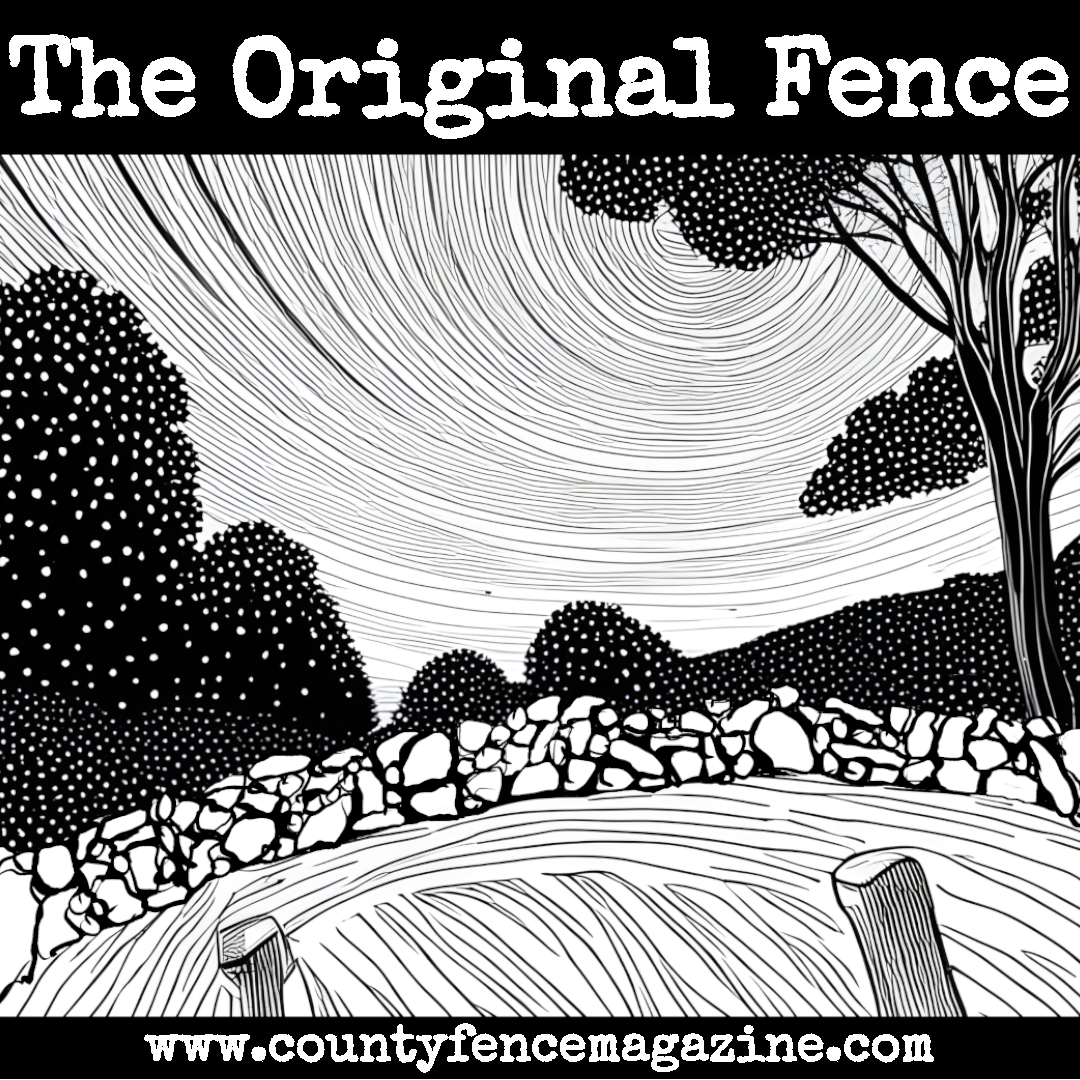
It has not been since October of 1983 that someone has so captured the interest of the county architectural society’s boundary subcommittee. In those days it was the sheer creativity of Marvin Whitney’s dry motorcycle-frame wall separating his horse shoe arena from the hot tub viewing platform. As he told us at the time, his guests were crowding the lanes, given that he was such a celebrity of the day. People would regularly travel from as far as Denbigh just to challenge him and once the tension was so high in a match that Peter Foster from Millhaven choked and entirely missed his shot, the projectile splashing down between two young women luxuriating in the restorative waters. “Never again!” barked Mr. Whitney as I took down his story, he was the safety officer at his family’s historic lumber mill and could not abide someone being hurt unnecessarily.
“But why motorcycles?” you may ask! Well there are two reasons. First, Mr. Whitney was rather a devotee of the recently revived adventure version of the famed Honda Cub and the municipality was putting pressure on him to move his parts yard from the front to the back of his property where they claimed it would be less of an eyesore. Secondly, Mr. Whitney had quite a rascally sense of humour and thought the frames could be arranged in such a way that it might invoke the image of amorous ponies, a metaphor he thought fitting for the feisty little motorcycles.
Mr. Whitney’s fence captured the zeitgeist because of his creativity and joie de vivre while the fence we unfortunately cannot picture has captured our interest out of sheer scale. It is a simple yet elegant arch-top aluminum fence – itself nothing remarkable yet an oddity in these parts where most reach for page-wire or simply posting no trespassing signs. No, Mr. X’s fence (he has requested that his identity be protected) runs for a full six kilometres! This is not unusual in farm country but such large boundaries are typically meandering stone or rail fences – labour intensive yet rustic, fitting, made from the very landscape the farmer is earnestly willing his fellow patriot’s sustenance out of. Mr. X’s fence is another thing altogether.
From the road Mr. X’s home is well built, well maintained, and modest. A smart brick bungalow of about 2000 square feet. His vacation home is nearly the same size and sits just across a tidy parking area, decidedly a more cottage-appropriate architecture. Three outbuildings are scattered across golf-course-quality landscaping where he stores his various RV’s and antique car collection, though it is rare that you will see this collection parked in view of the road. Perhaps most curious are several man-made ponds with elaborate concrete bridges built across the span. There are no paths to or from these bridges nor is it difficult to simply circumnavigate the ponds on one’s perambulations. Yet this is merely a small part of Mr. X’s expansive acreage. The rest is dense woodland.
Indigenous settlement is believed to have been sparse in this region. The swiftly flowing rivers and distance from the lakeshore made penetration into the then virgin forest a rare endeavour. While this region is beautiful to behold, there is little of value to hunter-gatherer societies. Today the forests, once denuded by early lumber barons, are again becoming mature but are nonetheless new growth. Since European settlement our rocky soil has produced a strong yet stoic farming culture but many farms, including the land Mr. X now owns, has returned to it’s historically undisturbed machinations.
Given this historic lack of indigenous presence and subsequent difficulties in farming, I find the idea far too tantalizing that I could theoretically still put my foot on a small piece of land untrod by any man. It is extremely unlikely – but in the land of my home there is still a sliver of possibility, perhaps just hope, and it captures my imagination.
The question at hand, however, is whether our Mr. X has let his land return to it’s roots. It is not uncommon for environmentalists to buy land specifically to return to nature in these parts. But does one surround that land with six kilometres of top notch fence and develop a portion with the attention of a greenskeeper? While Mr. X was not initially forthcoming, I was able to persuade him with some juicy local steaks from our friends at Stanfield Farms, a cuban cigar rolled by my friend the Santaria priest the last time I visited Cuba, and at least two glasses of scotch from my private collection. We spent a lovely evening rollicking through the stories Mr. X honoured me with here at County Fence HQ. That said – while the evening has proven only slightly fuzzy in my recollection – the truth remained illusory.
A fence of such industry as this one fills the imagination with wonder. Obviously designed to keep prying eyes out, it betrays the fact that there is something tantalizing behind waiting to be discovered. Cryptocurrency mining perhaps? A grow operation? A site of some spiritual significance? Why draw attention to something one wishes to hide?
I found Mr. X to be quite enjoyable company. Similar vintage to myself with a very down-to-earth air about him. Of the three occasions we have met, each time he has wore an outfit not dissimilar to a school custodian. It seems that he rarely leaves the property but spends most of his time working on his car collection. He referred to it as his happy place: as the chaos of the world spins around him he can spend days in near total silence polishing this or that from a vehicle designed for another time and place entirely. His collection is mostly early American marques but he hinted that he also has a few rare European specimens. Truth be told, Mr. X was entirely unassuming. A person one would barely notice at the local grocery store and would fit in comfortably with the jabber of older farmers gossiping the day away in a small-town diner. Yet I could see no clear interest in this land on Mr. X’s behalf, this not even being where his ancestors settled.
As I have turned over the enigma that is Mr. X I cannot help but turn my mind back to the Ontario gold rush of the nineteenth century. The land on which Mr. X’s and my own property sits is famously mineral rich – something like three quarters of the mineral catalogue is found beneath our feet in this rugged landscape. The gold rush itself was a bust – lasting only long enough to establish a few mines in time for their own abandonment. Yet it seems the problem was not lack of minerals but rather that industrial extraction was not economically viable. At the turn of the century there was significant mining in this area – sufficient to land a ministry of northern development and mining office outside the village of Tweed. To this day the Bancroft Rockhound Mineral Gemboree draws large crowds from all over the world each year. The minerals remain, just without a business case.
To my mind it begs the question of whether a man such as Mr. X’s industry might be able to pay for such a lifestyle using quiet and un-invasive pioneer mining techniques. Is it possible that Mr. X’s lifestyle is paid for by extracting gold or silver from small pit mines, quietly smelting it down mere feet from his elegant E-Type Jag using a furnace cobbled together from old parts and the Princess Auto catalogue? Mr. X would never say. But I, for one, can dream.
-Jules




